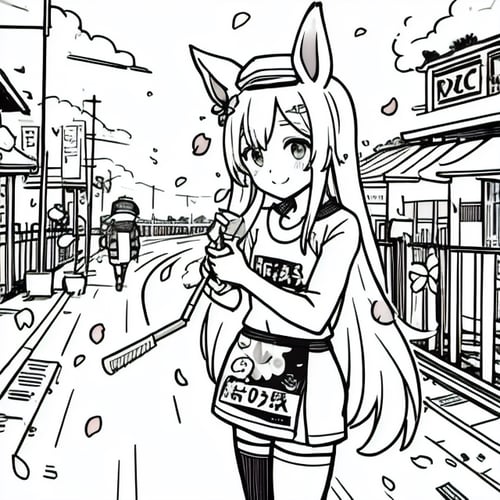WipeBack is a stable-diffusion LoRA model used in image processing applications for noise reduction and image restoration. The LoRA model incorporates a resolution-adaptive approach that processes images at varying resolutions or scales to achieve better results.
The WipeBack model utilizes a novel diffusion strategy that operates in a " wipe " and "back" process. In the "wipe" stage, the model reduces the image's high-frequency details to remove noise and improve the image's overall smoothness. In the subsequent "back" stage, the model restores the lost details and textures using a diffusion process adaptive to the image's local spatial scales and directional features. This approach preserves the image's structure while minimizing the noise and artifacts.
The LoRA approach in WipeBack allows the model to adapt to variations in the image's structure and texture, resulting in enhanced image quality and greater detail preservation. The model's resolution-adaptive approach also minimizes computational complexity, reducing the total processing time.
WipeBack also incorporates a Checkpoint mechanism to optimize the diffusion process and improve efficiency. The Checkpoint mechanism temporarily halts the diffusion process and checks the current state of the image, allowing the model to adjust the parameters to account for changes in the image. This approach provides better accuracy and reduces computational overhead.
In conclusion, WipeBack is a stable-diffusion LoRA model based on a unique "wipe-and-back" diffusion process, adaptive to the image's local spatial scales and directional features. The model's adaptive approach and Checkpoint mechanism make it an effective model for noise reduction and image restoration in various image processing applications.










